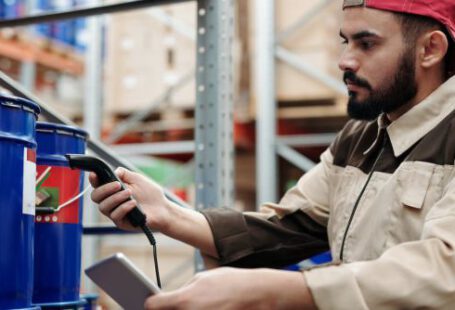The construction industry has been revolutionized by the introduction of connected construction equipment. This technology has enabled companies to monitor the performance of their machines in real-time and to optimize their repair and maintenance processes. However, with the increasing use of connected construction equipment comes a heightened risk of cyberattacks. Cybercriminals are targeting these systems to gain access to confidential information and to disrupt operations. As a result, construction companies must be aware of the cybersecurity risks associated with connected construction equipment and take steps to secure their networks.
Cybersecurity Risks
Connected construction equipment is vulnerable to a variety of cyber threats, including malware, ransomware, phishing, and distributed denial-of-service (DDoS) attacks. Malware is software that can be used to gain access to sensitive information, such as user credentials and financial data. Ransomware is malicious software that can be used to lock users out of their systems until they pay a ransom. Phishing is a type of social engineering attack in which attackers use deceptive emails or websites to trick users into providing confidential information. Finally, DDoS attacks are used to overwhelm networks with traffic, making them unavailable to legitimate users.
Data Breach Risks
The connected nature of construction equipment can also lead to data breaches. Construction companies often store sensitive information, such as customer data, on their networks. If a hacker gains access to this data, it can be used to commit identity theft or other crimes. Furthermore, cybercriminals can use the data to blackmail companies or to launch further attacks.
Network Security Risks
Connected construction equipment often relies on an internet connection to function, making it vulnerable to network security threats. Hackers can use this connection to gain access to the company’s network and to launch further attacks. Furthermore, attackers can exploit weaknesses in the system to gain access to confidential information or to disrupt operations.
Solutions
Fortunately, there are steps that construction companies can take to protect their connected construction equipment from cyber threats.
Secure Network Connections
The first step is to ensure that all network connections are secure. Companies should use secure protocols, such as SSL/TLS, to encrypt all data transmitted over the network. Furthermore, they should use firewalls and other security measures to protect their networks from unauthorized access.
Implement Antivirus Software
Construction companies should also install antivirus software on their connected construction equipment to protect against malware and other malicious software. Furthermore, they should use an intrusion detection system to monitor their networks for suspicious activity.
Implement a Password Policy
Having a strong password policy is essential for protecting connected construction equipment. Companies should require their users to create strong passwords that are difficult to guess and should regularly update their passwords. Furthermore, they should use two-factor authentication to further secure their systems.
Regularly Update Software
Construction companies should also ensure that their connected construction equipment is regularly updated with the latest security patches. This will help to protect against vulnerabilities that could be exploited by attackers.
Train Employees
Finally, construction companies should ensure that their employees are properly trained on cybersecurity best practices. Employees should be aware of the risks associated with connected construction equipment and should be educated on how to identify and respond to cyber threats.
Conclusion
Connected construction equipment offers numerous benefits, but it also brings with it a heightened risk of cyberattacks. Construction companies must be aware of the cybersecurity risks associated with connected construction equipment and take steps to protect their networks. By implementing secure network connections, installing antivirus software, implementing a password policy, regularly updating software, and training employees, companies can help to protect their connected construction equipment from cyber threats.






